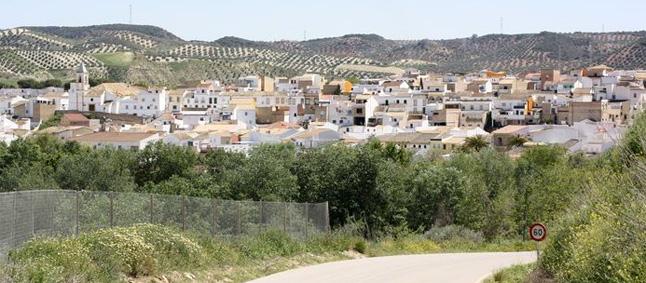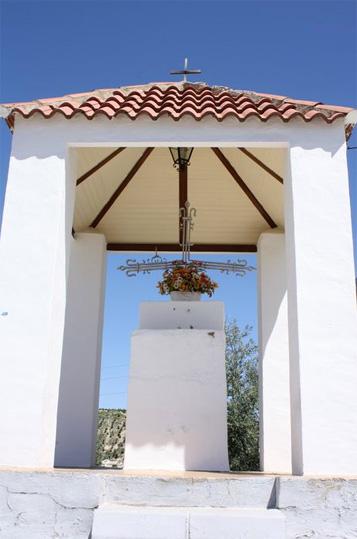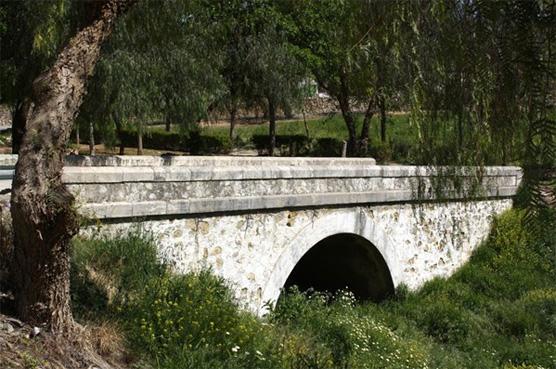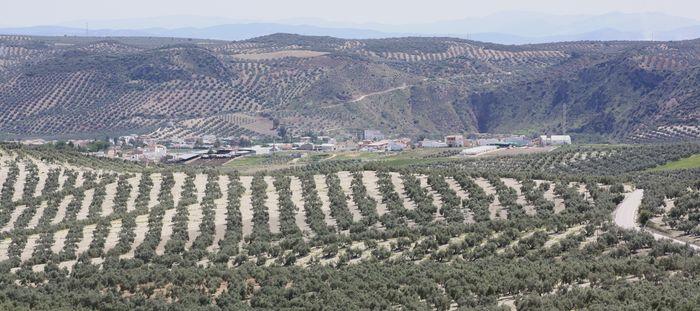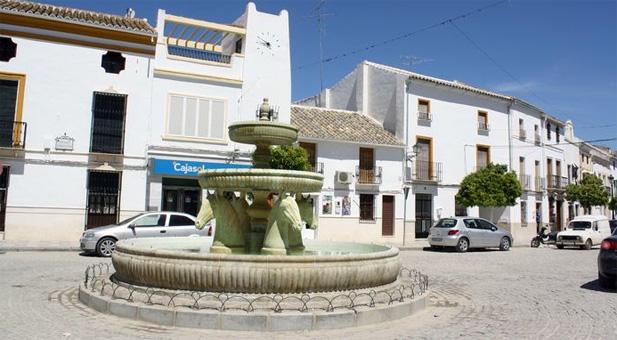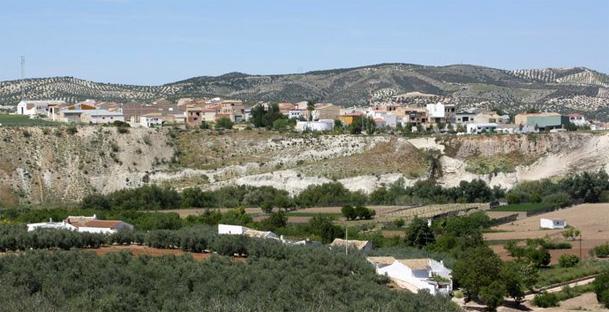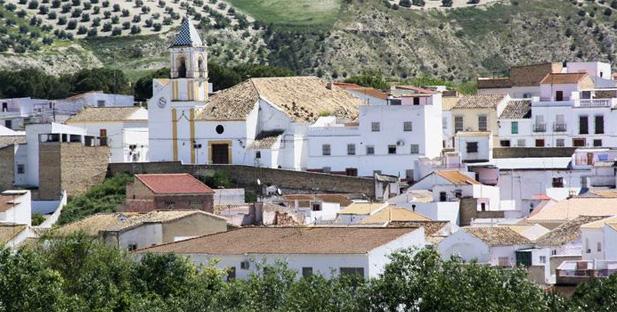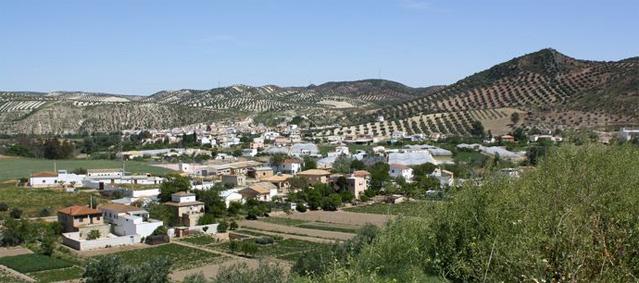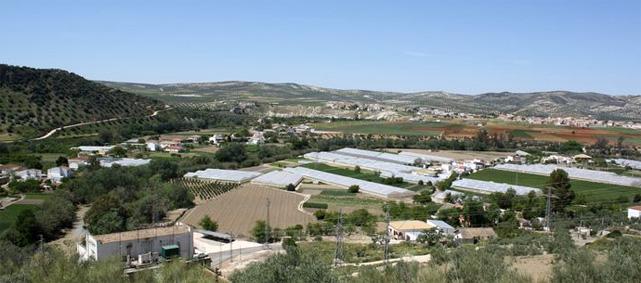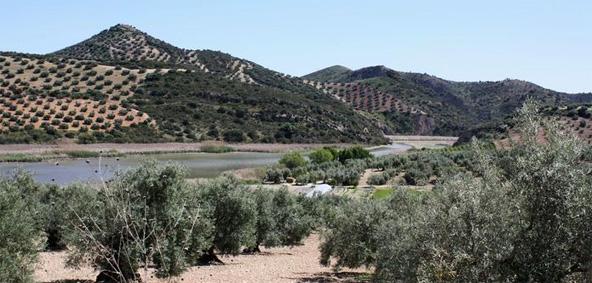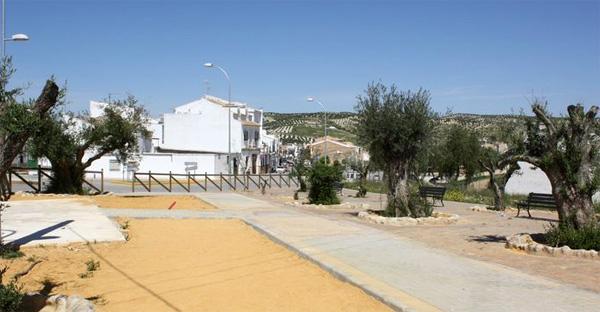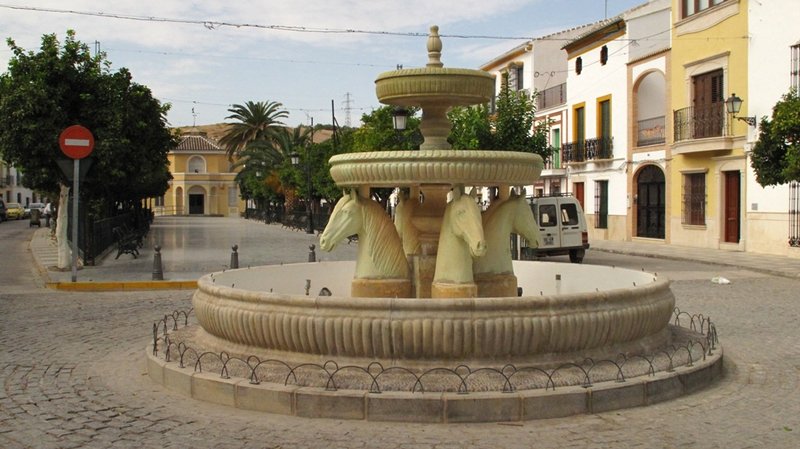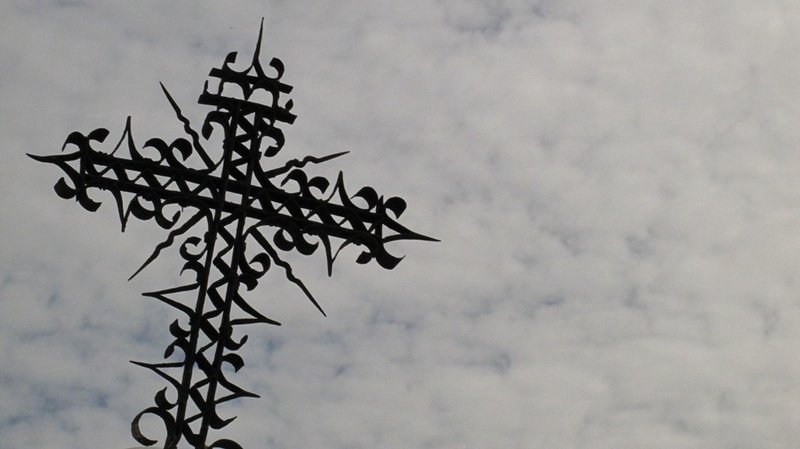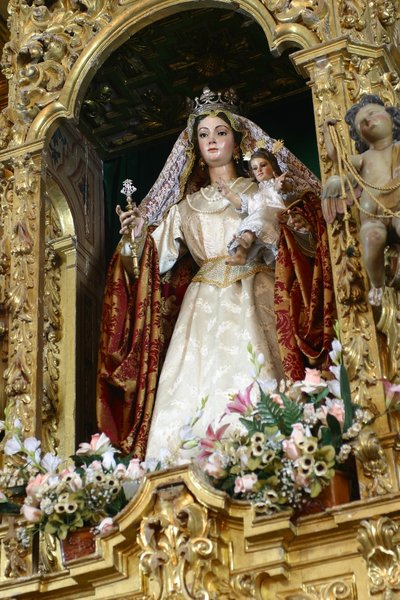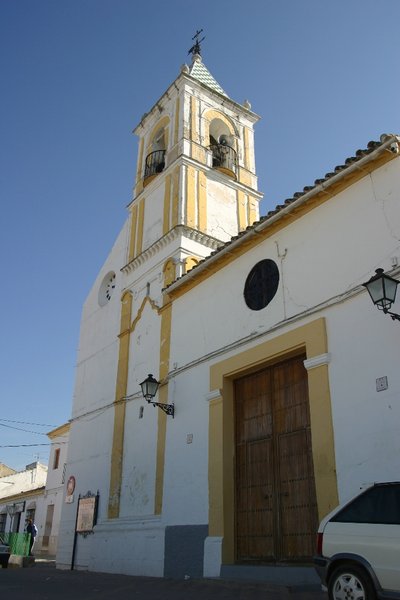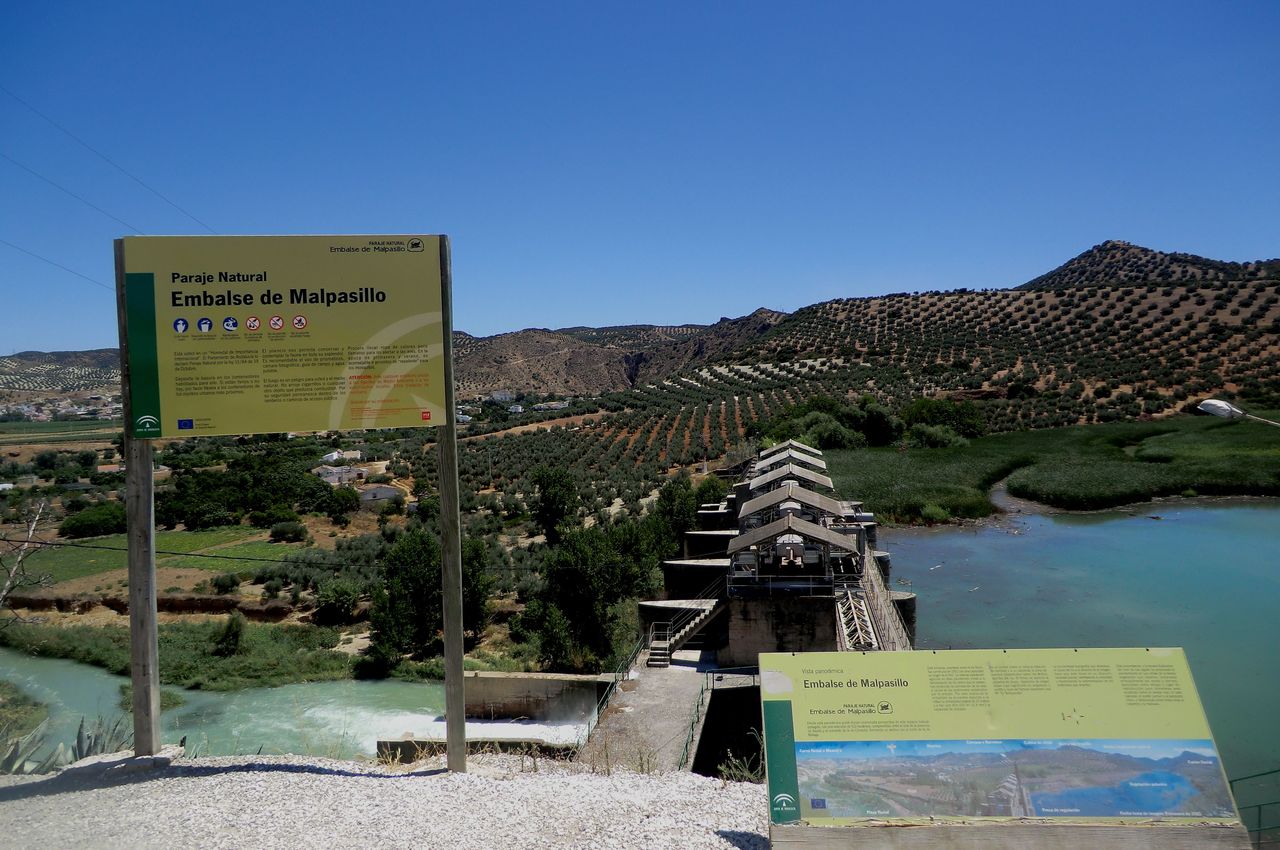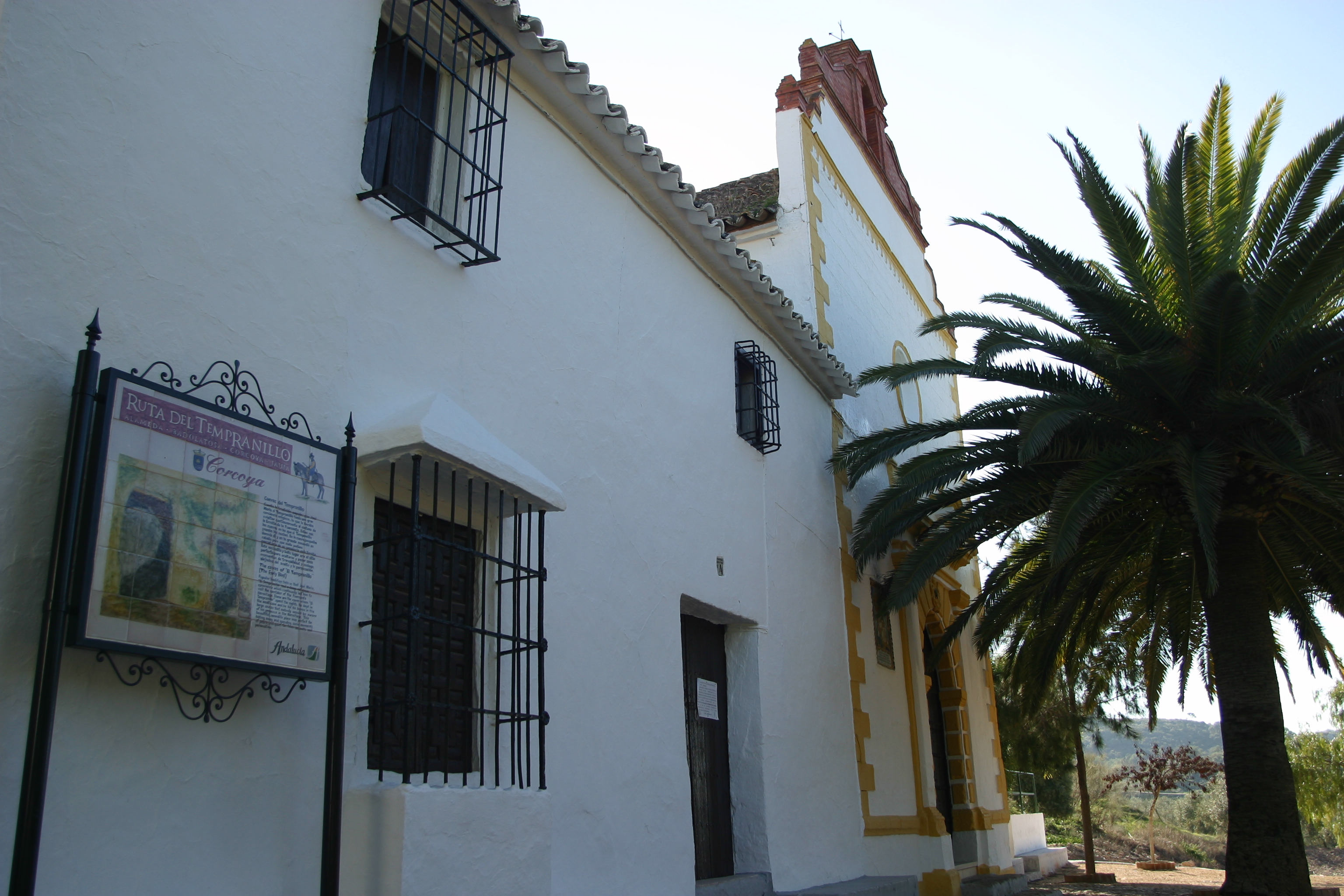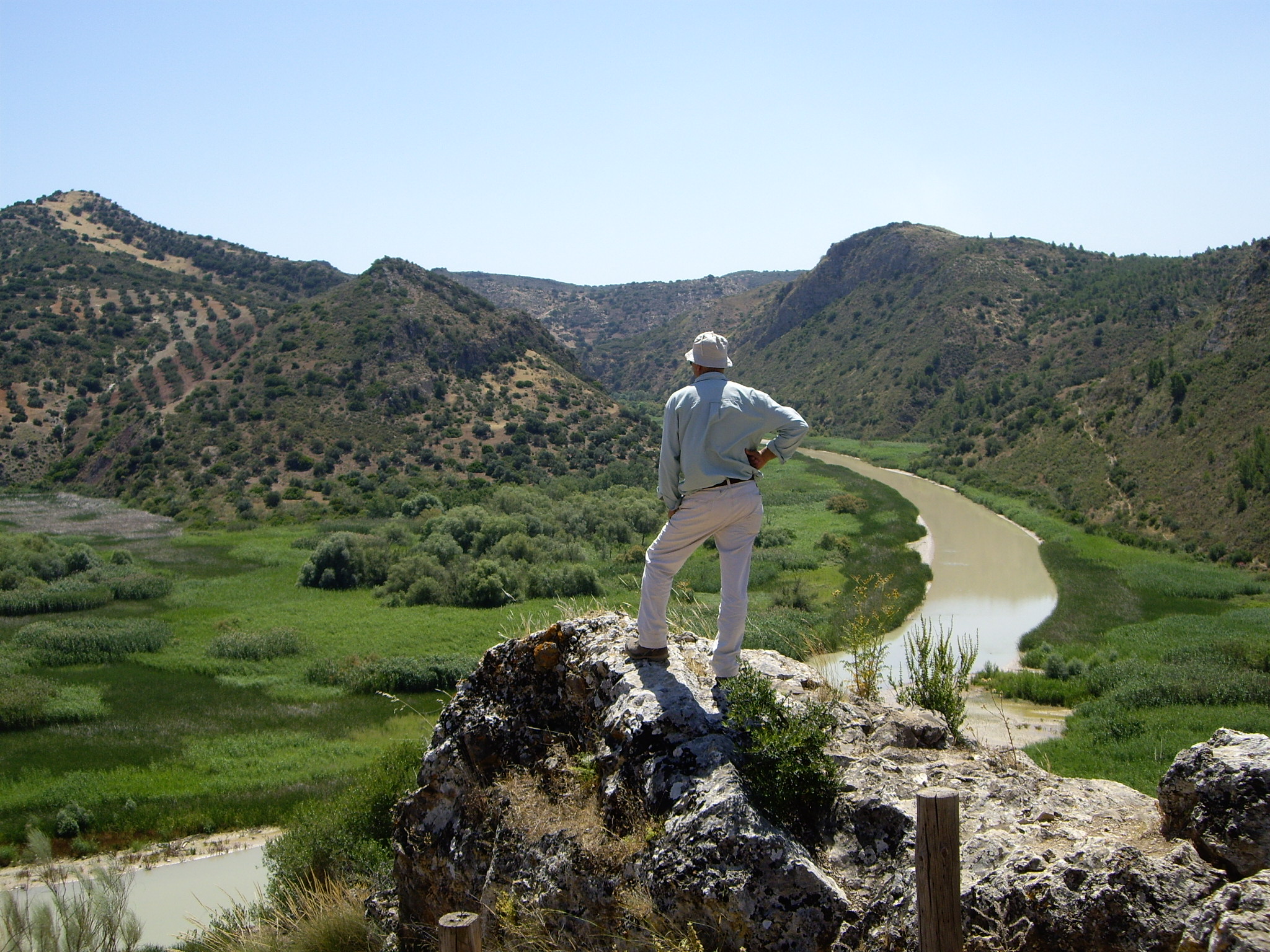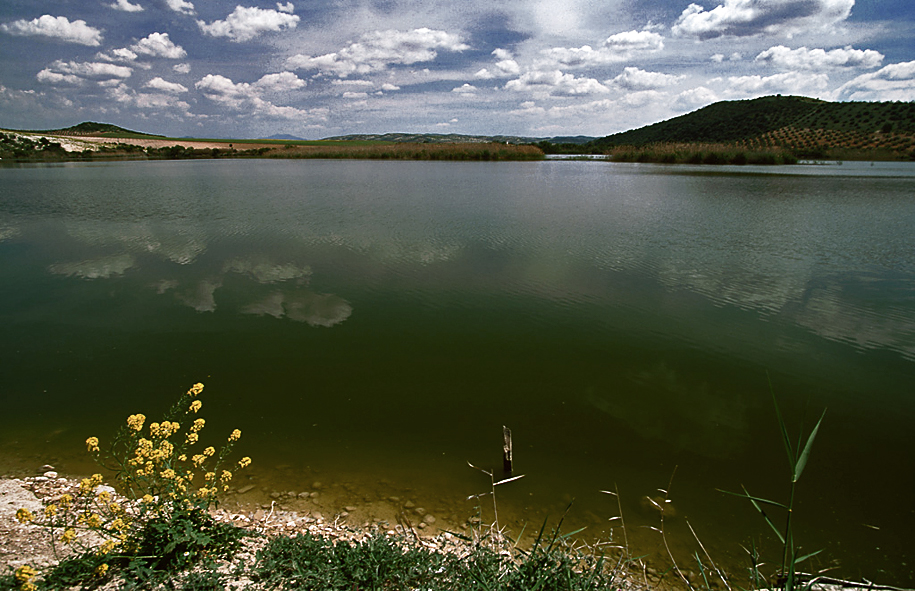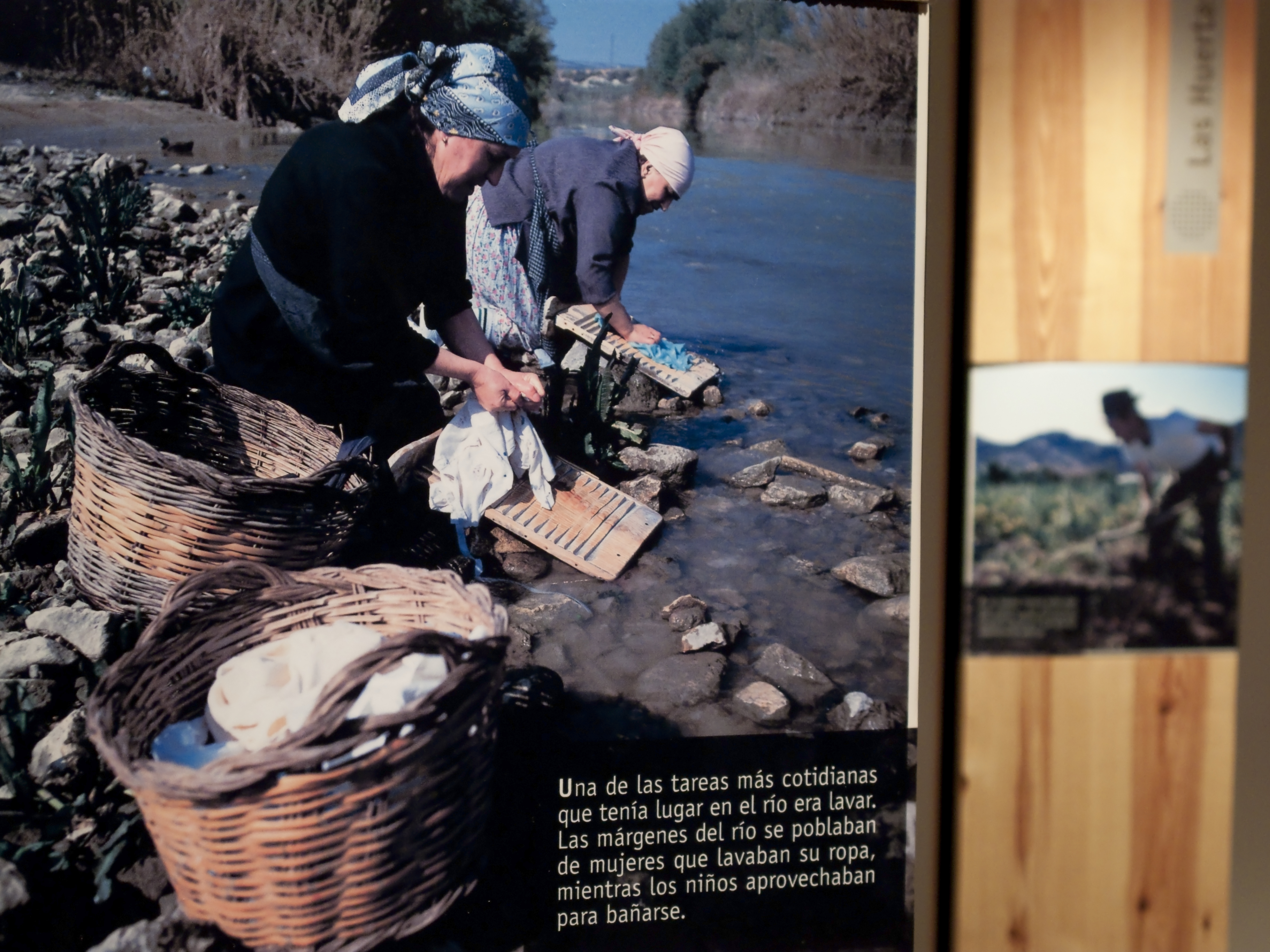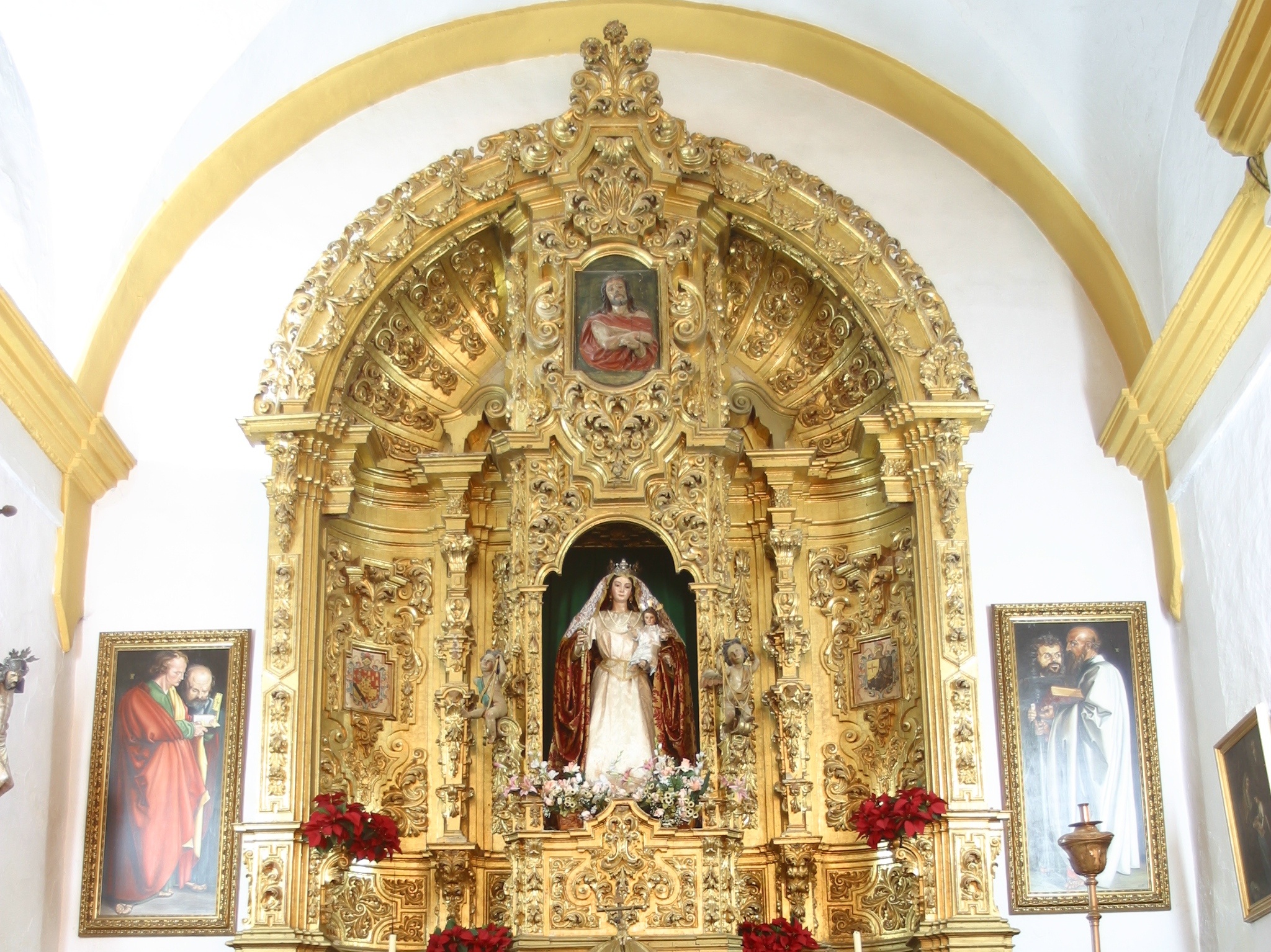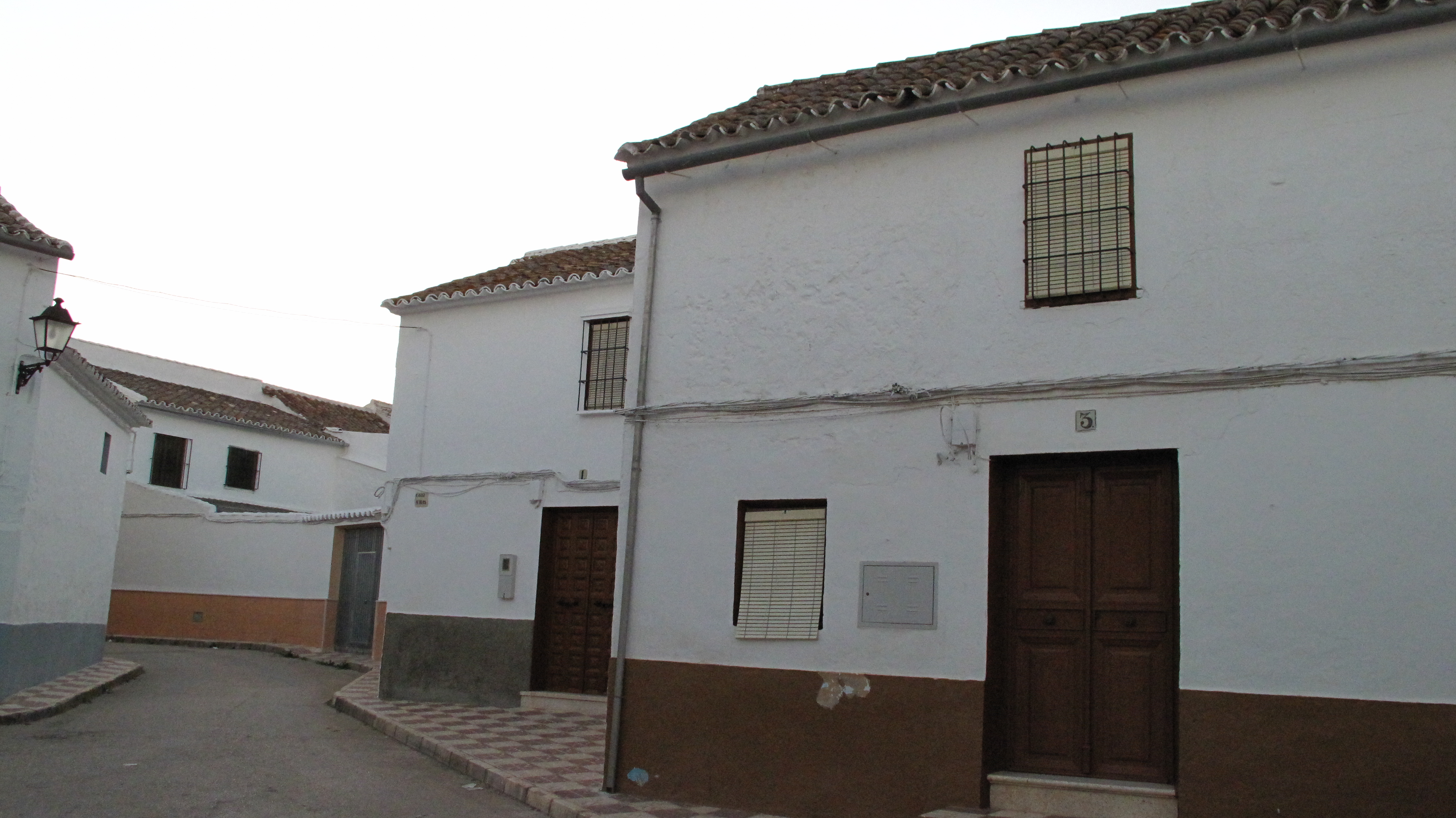Badolatosa

Municipality belonging to the Campiña district, located in the Genil Valley in the eastern part of the province, on the border with the provinces of Málaga and Córdoba. Its landscape consists of gently rolling farmland used to cultivate cereals and covered with vast olive groves. Part of the reservoirs of Malpasillo and the Cordobilla are located within the township, of great natural and ecological interest, they are both considered as Natural Sites.
It has some interesting monuments, such as the church of Nuestra Nuestra Señora del Socorro and the Ermita de la Fuensanta in the hamlet of Corcoya, place where the pardon granted by the King Ferdinand VII was handed over to José María "el Tempranillo". The village forms part of the so-called Route of Tierras de José María el Tempranillo, together with the neighbouring villages of Casariche, Corcoya, Jauja, Alameda and Benamejí.
History
Its name comes from the town of Vadus latus, which means wide and was located near the ancient Ostipo (Estepa). It seems that it was the place where Caesar crossed the river following the battle of Munda against Pompey. The large number of Roman artefacts discovered in the area indicate that it might be of Roman origin.
According to the records of the Mosque of Cordoba, during the period of Al-Andalus it was sued to cultivate vegetables for the surrounding settlements.
In the 16th century it started growing around the church. From 1516 until the abolition of feudal domains at the beginning of the 19th century it belonged to Estepa. During this period it was called Vado de la Choza.
On July 23 1832 the three most import bandits of the region, including José Ruiz Permana "Germán", who was from the village, were granted, as a result of the intervention of Ferdinand VII, a royal pardon in the hermitage of Nuestra Señora de la Fuensanta.

- Max 18
- Min 10
- Max 64
- Min 50
- °C
- °F

